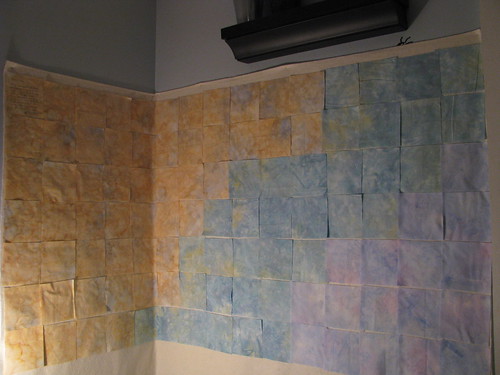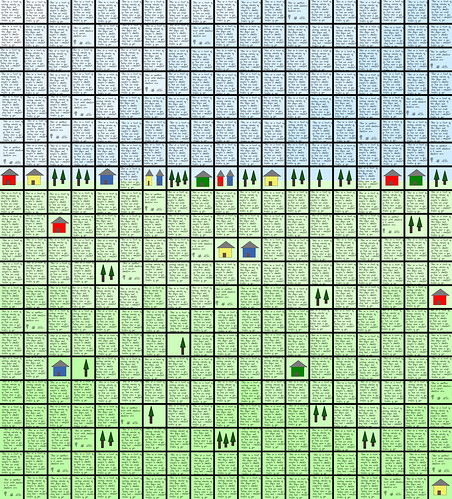I took some quick pictures of the items I purchased to help me along with my quilt. I started cutting the fabric that I will be writing on last night. (I promise more on the pattern in another post) In order to write on fabric and not have the writing fade with washing or time, you need to make sure you have a special marker. I have not heard good things about the longevity of sharpies, so I would not get those. Everything I read on the web said that the best pen out there is a Micron pigma pen.

These are easily found at any quilt store, or you can even find them in the scrapbook section of any big box store (I got mine at Michael’s). I tested these pens on a scrap of fabric first, heavily agitated the fabric under running water, and the markings all stayed as they should have. I went with the multi-color pack so I can make some doodles and stuff to to keep the blocks interesting.
Writing on fabric is not always easy. When you write, the fabric tends to bunch up under your pen, so you need to find a way to stabalize the fabric. My first thought was to iron on wax paper to the back of the fabric, but that seemed like a time consuming process that might become a road block to me actually finishing this thing. So I found a suggestion online to get a clipboard and 220 grit sand paper.

All you need to do is lightly press the fabric down on the sandpaper, and it grips it just enough to hold it steady while you write, and the sandpaper is fine enough that it deosn’t interfere with the actual writing either.

I made up my first block using all these items last night, and it went perfectly smooth! I cut out a good chunk of the blocks I need so I won’t be waiting for those when I am ready to write, I want to make this project as easy as I can for myself to finish.

Just remember when you are writing to keep at least a 1/4 inch edge around the block so your writing doesn’t get sewn into the quilt! Some of my doodles will probably go all the way to the edge for interest, but my writing will not.
Let me know if you have any questions!
Rachel







